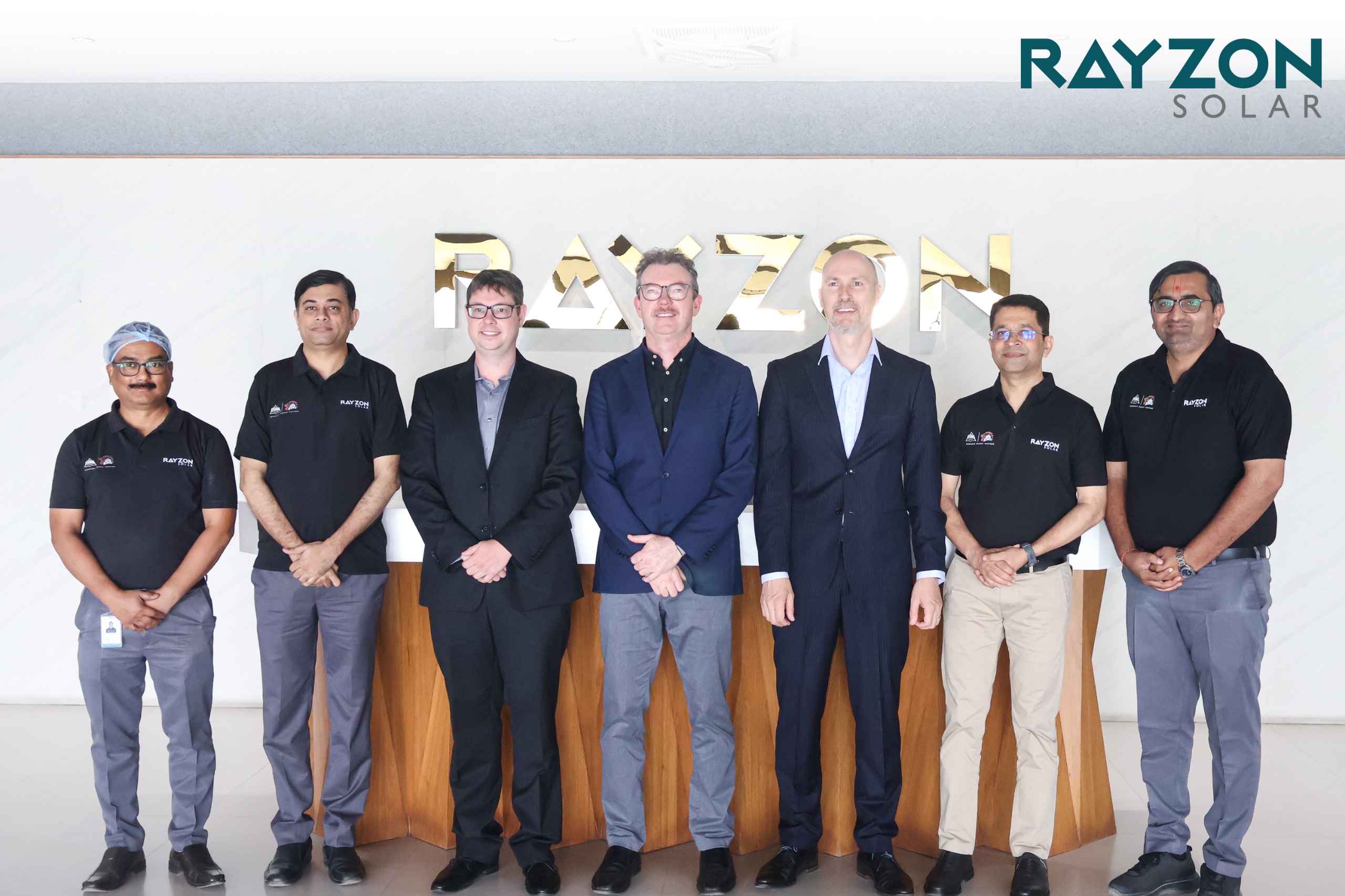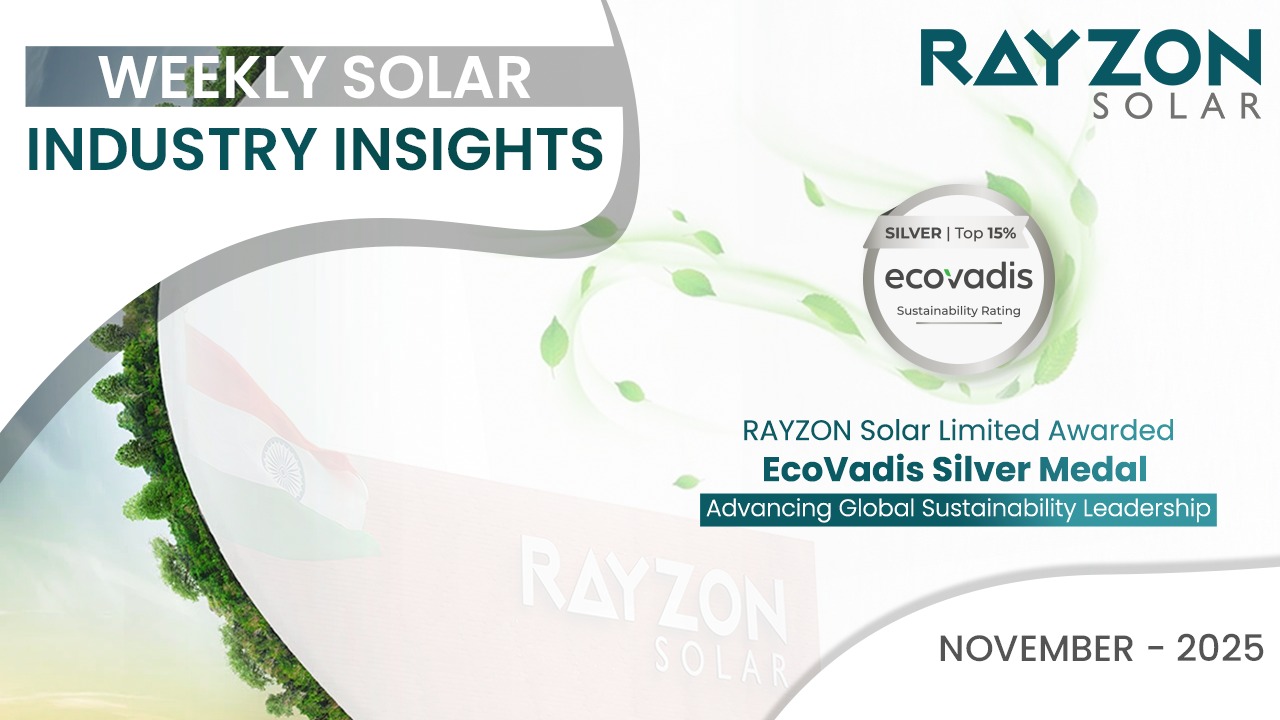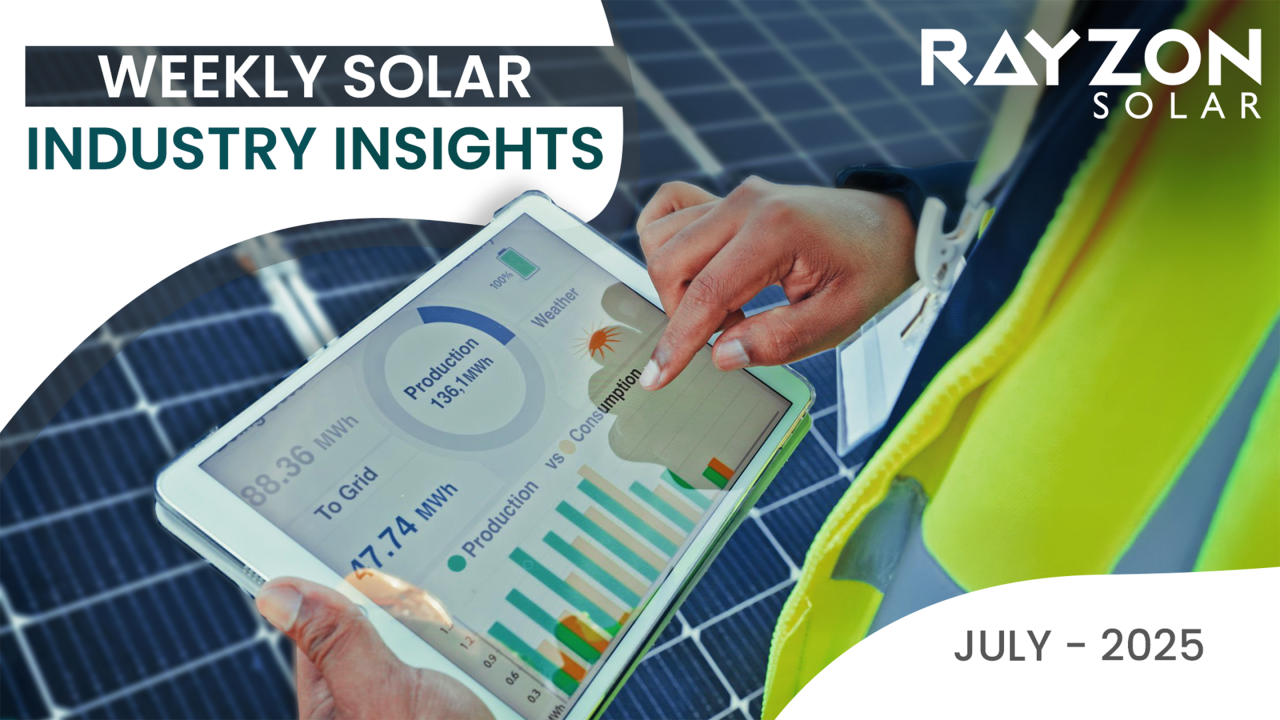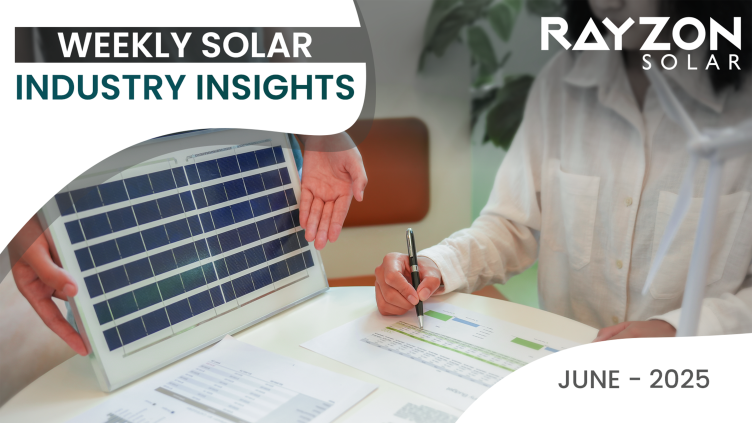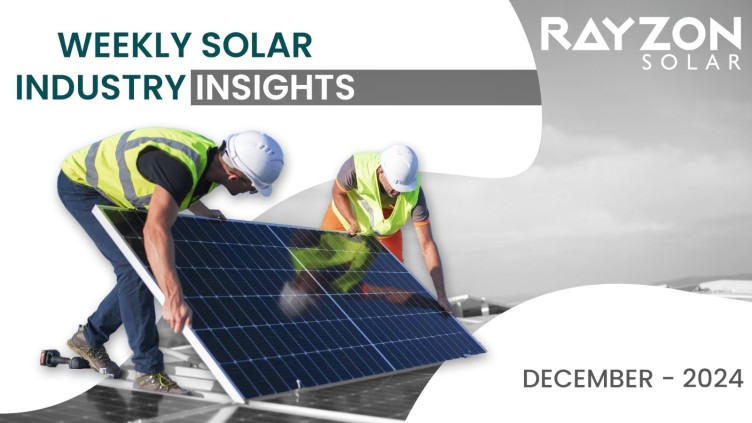
Weekly Solar Industry Insights: November 25th – December 1st, 2024
Stable Solar Wafer Prices with Potential Increases Due to Trade Policy Changes
Solar wafer prices, including Mono PERC and n-type wafers, remained stable this week, with no changes in FOB China prices. M10 wafer production continues on a customized basis, ensuring better profit margins. However, widespread production cuts in China saw partial recovery as module manufacturers ramped up material procurement for 2024.
Under new guidelines, Chinese manufacturers must meet production output targets or face future constraints. Meanwhile, China's reduction of the export tax rebate on solar products from 13% to 9% could lead to higher wafer prices. Despite this, China's dominance in the global supply chain limits alternative sourcing, and price adjustments may be gradual to avoid burdening customers.
Japan Targets 20 GW of Perovskite Solar Deployment by 2040
Japan's Ministry of Economy, Trade and Industry (METI) has announced plans to deploy 20 GW of perovskite-based PV systems by 2040, aiming to support domestic production of this advanced solar technology. The government highlighted the lightweight and flexible nature of perovskite panels, making them suitable for areas where conventional modules may not be ideal. Japan aims to mass-produce perovskite solar modules at lower costs, targeting JPY 20 ($0.13)/W by 2025, JPY 14/W by 2030, and JPY 10/W by 2040.
Efforts will focus on preventing technology leakage and boosting competitiveness, with gigawatt-scale production expected by 2030.
US Sets Antidumping Duties on Southeast Asian Solar Cells
The US Department of Commerce (DoC) has imposed preliminary antidumping duties on crystalline solar cell imports from Cambodia, Malaysia, Thailand, and Vietnam, with tariffs ranging from 21.31% to 271.28%, depending on the company and country. These duties are part of a trade case initiated by The American Alliance for Solar Manufacturing, claiming that imports from these countries harm the US domestic solar market. Final determinations are expected by April 2025, with the US International Trade Commission set to finalize the orders in June 2025.
India Adds 20 GW of Solar in 12 Months, Strong Growth Pipeline Ahead
In the twelve months ending October 2024, India installed 30 GW of new power generation capacity, bringing total capacity to 454 GW, with solar contributing 20 GW.
Renewable energy sources made up 75% (22.5 GW) of the additions, including significant wind and energy storage growth driven by round-the-clock (RTC) and wind-solar hybrid (WSH) tenders. A strong pipeline exists, with SBICAPS forecasting 50 GW of solar and wind additions by FY 2025 and FY 2026. Northern and southern regions are expected to dominate future capacity additions, particularly Rajasthan, Ladakh, and coastal states, outpacing the western region by 2032. However, accelerated transmission infrastructure development is needed to integrate these new capacities.
Gujarat Leads Residential Rooftop Solar Installations Under PM-Surya Ghar: Muft Bijli Yojana
As of November 21, 2024, Gujarat tops the list in residential rooftop solar installations under the PM-Surya Ghar: Muft Bijli Yojana, accounting for 46% (281,769) of the total 616,019 installations across India. Launched in February 2024, the scheme, with an outlay of INR 75,021 crore, offers up to 60% central financial assistance to residential consumers, aiming to install 30 GW of rooftop solar capacity in 10 million households. With over 14.4 million registrations, the initiative is a significant step towards achieving free or low-cost electricity for millions of households.
Information Source: PV Magazine
